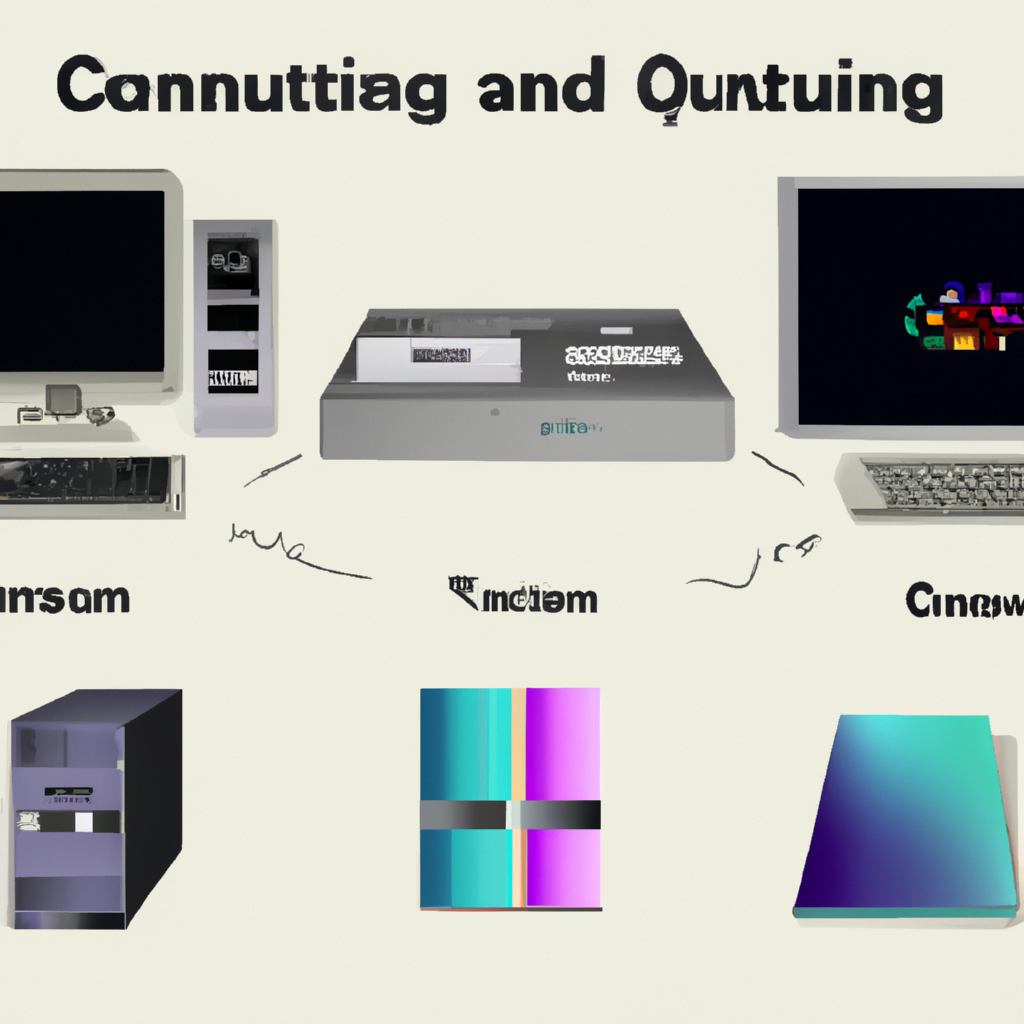The Evolution of Computing: From Mainframes to Quantum Supremacy
In the vast panorama of technological advancement, the journey of computing technologies from bulky mainframes to the brink of quantum supremacy stands out as a testament to human ingenuity and relentless pursuit of knowledge. As we navigate through the second quarter of 2025, it’s pivotal to understand how each phase of this evolution has not only shaped the tech landscape but also transformed our societal structures.
Mainframe Era
The story begins in the mid-20th century when the first mainframes revolutionized business operations. These gigantic machines, occupying entire rooms, were the powerhouse of data processing during their heyday. Companies like IBM led this era with innovations that laid the groundwork for modern computing.
The Rise of Personal Computers
The introduction of personal computers (PCs) in the late 1970s marked a significant shift. This era democratized computing, making technology accessible to the masses. The PC revolution was fueled by pioneers like Steve Jobs and Bill Gates, whose visions gave birth to Apple and Microsoft, respectively.
Internet Expansion and Mobile Revolution
The explosion of the internet in the 1990s changed everything. It connected computers across the globe, creating a network that spawned new industries and opportunities. Soon after, the mobile revolution took connectivity to a new level, with smartphones becoming ubiquitous by the early 21st century.
The Dawn of Artificial Intelligence and Machine Learning
As hardware improved, so did software capabilities. AI and machine learning began to dominate discussions in tech circles by the 2010s, leading to advancements in automation, data analytics, and beyond. These technologies are now integral to solving complex problems in every sector.
Quantum Computing: The Next Frontier
Today, as we edge closer to achieving quantum supremacy, the potential to process information at unprecedented speeds promises to unlock new scientific mysteries and overhaul our cryptographic systems. Companies like Google and IBM are at the forefront, pushing the boundaries of what’s possible.
In conclusion, the evolution of computing is a saga of overcoming limitations and expanding horizons. As we look forward to future innovations, the historical context provided by this journey is invaluable for both understanding our current technologies and forecasting future trends.






